10 Reasons Ohio inspires creativity and supports the arts
When shared with others, creativity becomes a powerful force. Whether it takes the form of a painting, a performance, a film, or written words, art can change perspectives and impact lives. It sparks new ideas and encourages fresh ways of thinking. It nurtures healing and promotes understanding, fueling growth, innovation, and transformation.
“I see the world through my music. That’s the way I make senses of things,” Tracy Chapman, singer and songwriter from Cleveland
“I try to give people a different way of looking at their surroundings. That’s art to me,” Maya Lin, artist and architect from Athens.
“All water has a perfect memory and is forever trying to get back to where it was. Writers are like that: remembering where we were, what valley we ran through, what the banks were like, the light that was there and the route back to our original place. It is an emotional member – what the nerves and the skin remember, as well as how it appeared. And a rush of imagination is our flooding,” Toni Morrison, author from Lorain.
Creativity emerges when artists explore places in the middle – where different perspectives meet and mingle, forming a new idea or expression. Creativity flourishes when artists are supported through interactions with other creatives, places and spaces to explore, and recognition.
It’s no wonder that countless artists who have roots in the state—whether born, raised, or trained—have significantly enriched the artistic landscape. Here are ten compelling reasons why Ohio is an incredible nurturing ground for talent and creativity!
1. Mix of Urban and Rural, with Access to Other Major Cities
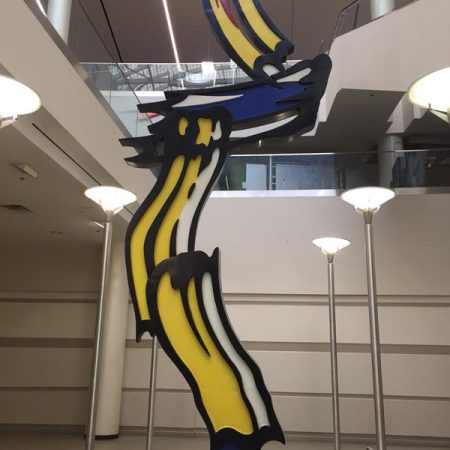
Ohio’s “Heart of it All” location provides a unique cultural identity that merges rural traditions with urban evolution. Midwestern values—like pragmatism, community, and resilience—have been central themes in Ohio’s artistic and literary output.
Artists, musicians, and writers draw inspiration from urban industrial landscapes, serene natural settings, Appalachian culture and the agricultural heritage that defines much of the state.
The state’s central location enables artists to participate in national and international dialogues while maintaining their unique voices and fostering new movements and ideas. This geographic advantage has allowed musicians to easily travel, collaborate, and draw from a variety of musical influences, blending styles like blues, jazz, and country into new forms such as rock, funk, and hip-hop.
Examples include The Isley Brothers, The Black Keys, Nine Inch Nails, Devo and the Ohio Players. Roy Lichtenstein (Pop Art influencer), Maya Lin (designer of the Vietnam Veterans Memorial), Robert Mangold (Minimalist Art) and George Bellows (Realism painter).
2. Industrial and Real-Life Influences
Ohio’s industrial journey has profoundly shaped its artists and writers. Drawing inspiration from the state’s rich history, many explored themes of resilience, change, and transformation in their creative works. As a hub of manufacturing and innovation, Ohio’s industrial past played a pivotal role in defining its cultural identity. The evolution of industrial heritage sparked artistic reflections on working-class struggles and new avenues of innovation in the arts, technology, and entrepreneurship. This spirit of reinvention is evident across the state, where old factories have been transformed into vibrant art studios, performance spaces, and creative centers, revitalizing industrial spaces with fresh energy.
Ohio’s industrial heritage stirred the imaginations of early photographers, authors, musicians, and painters. Economic hardships and societal shifts inspired artists to voice their frustrations, giving rise to powerful genres like punk rock and hip-hop music.

Writers like Sherwood Anderson from Camden, Ohio focused on small-town life and the inner lives of everyday people, influenced by the shifts from rural to industrial society. James Thurber, from Columbus, captured urban middle-class life with wit and satire. Columbus-born George Bellows was instrumental in the creation of the Ashcan School. This artistic movement depicted everyday life and gritty urban experiences. As a teacher at the Cleveland School of Art, Henry George Keller expanded the realism approach by capturing everyday life in more rural communities.
3. Education and Training
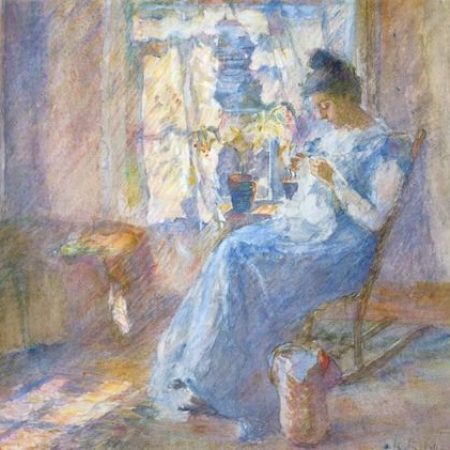

Ohio is packed with amazing educational institutions and art schools that have nurtured countless artists, musicians, dancers, and writers throughout the years. Places like the Cleveland Institute of Art, Columbus College of Art and Design, and the University of Cincinnati create a vibrant atmosphere for artistic experimentation. They draw in talented teachers and students from around the globe, sparking the exchange of ideas and fresh artistic innovations. Ohio’s education system fosters future creatives by making the arts a key part of the curriculum.
Roy Lichtenstein earned his degrees from The Ohio State University and later became one of the leading figures in the Pop Art movement. Considered one of America’s foremost women watercolorists, Alice Schille earned international recognition for her Impressionist and Post Impressionist paintings and is an 1893 graduate of what is now known as the Columbus College of Art and Design. Since 1910, the Cleveland School refers to a network of artists, educators, and craftsmen based in the Cleveland area. These artists are known for their paintings, ceramics, sculpture, and design work. Many were trained at the Cleveland Institute of Art and their work often incorporated elements of the Arts and Crafts movement.
4. A Cultural Melting Pot
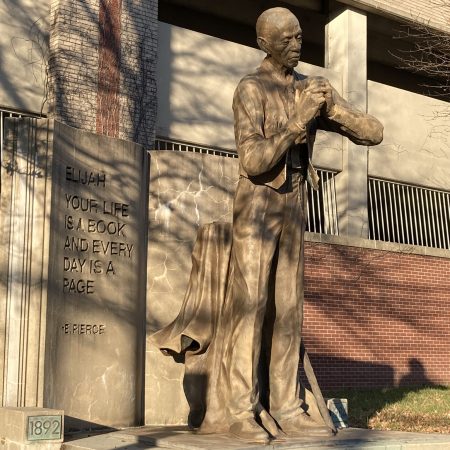
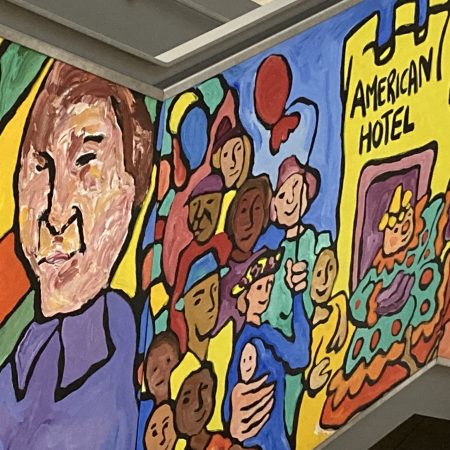
Generations of immigrants enriched the state’s creative landscape. Germans, Italians, Irish, Eastern Europeans, and later African Americans from the South, came to Ohio’s cities for work and opportunity. They brought with them their traditions, such as carousel-carving. This melting pot of cultural traditions fueled creativity, especially in music, visual art, and literature, where diverse influences collide and new ideas are born.
The influence of African American musical traditions such as gospel, blues, and jazz laid the foundation for genres like funk and R&B. The National Cleveland-Style Polka Hall of Fame was founded in 1987 by musicians and leaders of Slovenian and ethnic organizations. Moses Jacob Ezekiel attended the Cincinnati Art School and was the first Jewish-American sculptor to gain international recognition. Columbus-born Aminah Robinson was deeply influenced by the tapestry of African American communities in Ohio when she created the RagGonNon works at the National Underground Railroad Museum reflecting storytelling traditions. Contemporary Chinese-American painter Ma Zhanhong immigrated to the United States and settled in Ohio. Her work blends Eastern and Western artistic traditions. Ohio also has a strong tradition of folk art, particularly in its rural areas. Often self-taught and working outside the mainstream art world, artists like Elijah Pierce, a woodcarving artist who lived in Columbus, represents the type of artist who produce unique and imaginative works in Ohio, often drawing inspiration from local history and cultural traditions.
5. Exposure to the Great Masters Due to a Powerful Philanthropic Legacy
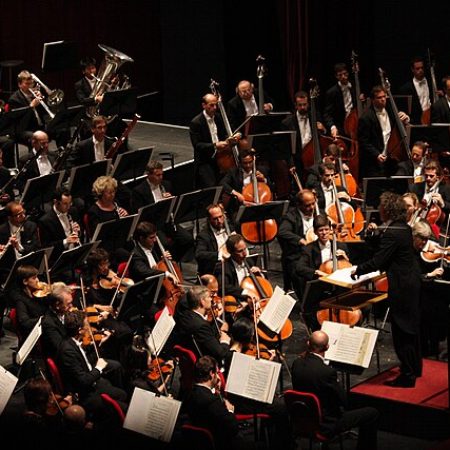
The wealth amassed from manufacturing, steel, and various industries in the late 19th and early 20th centuries led to the rise of influential business leaders like John D. Rockefeller, Charles Taft, and Edward Drummond Libbey.
These industrialists were driven by a strong civic duty and aimed to improve their communities through contributions to the arts and education.
Many also possessed extensive personal art collections, which they later donated to form or expand Ohio’s incredible art museums. In 1914, the world’s first community foundation was established by Frederick H. Goff, a Clevelander. As a banker and lawyer, Goff envisioned a way to consolidate charitable resources into a permanent endowment, now recognized as the Cleveland Foundation. This model has since been replicated globally to foster community initiatives, many which support the arts.
The Cincinnati Art Museum, founded in 1881, is one of the first art museums established in the United States. Museums like this one, as well as the Cleveland Museum of Art, The Dayton Art Institute and The Toledo Museum of Art, offer world-class collections that inspire local creativity and attract international exhibitions. These institutions, along with public arts programs, have created a thriving environment for creativity and artistic experimentation. The Cleveland Orchestra is world-renowned, contributing to Ohio’s reputation in classical and choral music.
6. A Tradition of Innovation
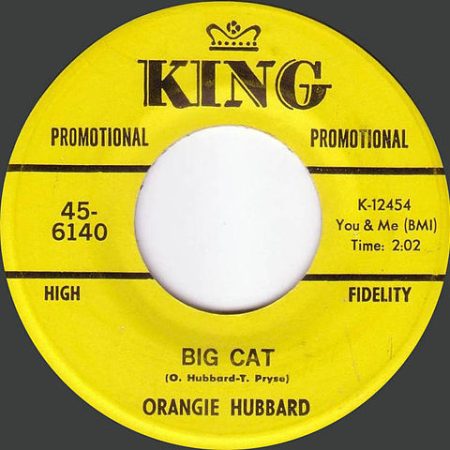
Ohio has long been a center of innovation, not only in industry but also in the arts. As the home of famous inventors like the Wright brothers and Thomas Edison, Ohio’s creative tradition is deeply tied to problem-solving and forward-thinking. This inventive spirit extends beyond technology and into cultural innovation, with Ohioans often pushing the boundaries of their fields.
The Op Art movement, pioneered by Cleveland artist Julian Stanczak, and the early contributions of Ohio-based rock musicians, like those in The Black Keys and Devo, showcase how Ohio has often been at the forefront of new movements in art, design, and music. Cleveland is often cited as the birthplace of the term “rock and roll,” thanks to DJ Alan Freed, who popularized the genre in the early 1950s. Ohio also had influential record labels like King Records in Cincinnati, which played a pivotal role in the development of R&B, soul, and country music.
7. Public Art and Community Engagement
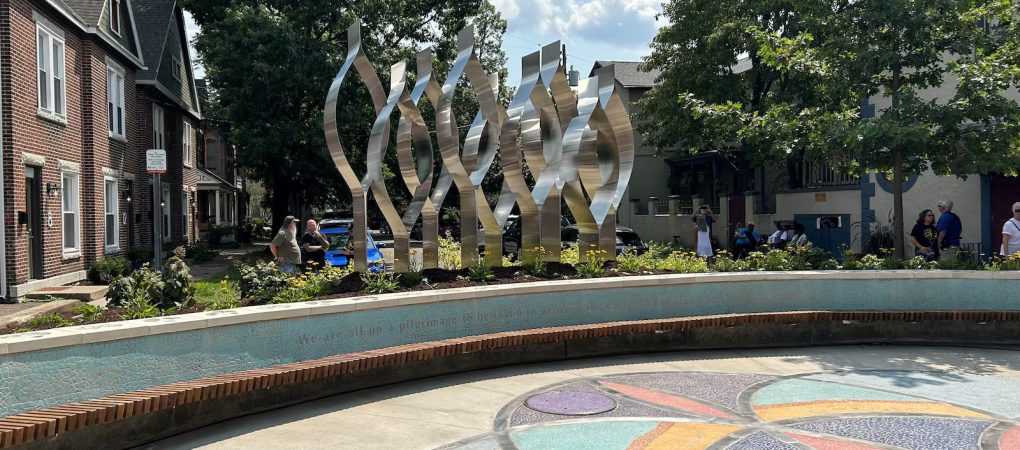
Ohio has a strong sense of community, which is reflected in the tight-knit networks of support found in the state’s artistic and literary circles. Writers’ workshops, art collectives, and music scenes are active throughout Ohio, providing spaces for collaboration and mentorship. Many cities have arts programs, public art installations, and festivals that encourage artists to experiment and engage with the community. This makes creativity accessible and visible across the state. Mural programs have transformed both urban and rural spaces into canvases for large-scale public art, contributing to Ohio’s vibrant, community-focused creative scene. Public art programs not only beautify neighborhoods but also offer opportunities for artists to work on projects that have real-world impact, giving them visibility and creating spaces for creative expression that engage residents.
Cities like Cleveland, Columbus, Youngstown and Akron became incubators for different music scenes, fostering local talent and providing opportunities for artists to introduce their work. When local artists make names for themselves, this inspires others to reach for their dreams. Dayton’s meteoric rise as the epicenter of funk music is just one example. The DIY attitude of many Ohio cities still play a role in the development of alternative and indie music scenes.
8. Affordable Cost of Living
Compared to cities like New York, Los Angeles, or San Francisco, Ohio’s relatively low cost of living allows artists and creative professionals to thrive without the intense financial pressures that come with living in more expensive urban centers. This affordability makes it easier for artists to find studio space, afford materials, and devote time to their craft. They find a lower cost of doing business with the same access to talent and resources they’d find in larger markets.
9. History of Fighting for Beliefs
Ohio has been central to many social and political movements, including the abolition of slavery, the Civil Rights Movement, Vietnam War protests, women’s rights and suffrage, environmental protection and labor activism. These movements provided subject matter for writers and artists who sought to document or advocate for social change. Art and activism in Ohio have intersected through murals, performance art, and public installations that address racial justice, LGBTQ+ rights, and environmental concerns.
Ohio’s literary history is steeped in activism, with authors like Harriet Beecher Stowe (who lived in Cincinnati) writing Uncle Tom’s Cabin, a seminal anti-slavery novel that shaped national discourse on race and justice. Later, writers like Rita Dove, from Akron, reflected on the African American experience and civil rights struggles in their work.
10. Access to Resources and the Natural Landscape
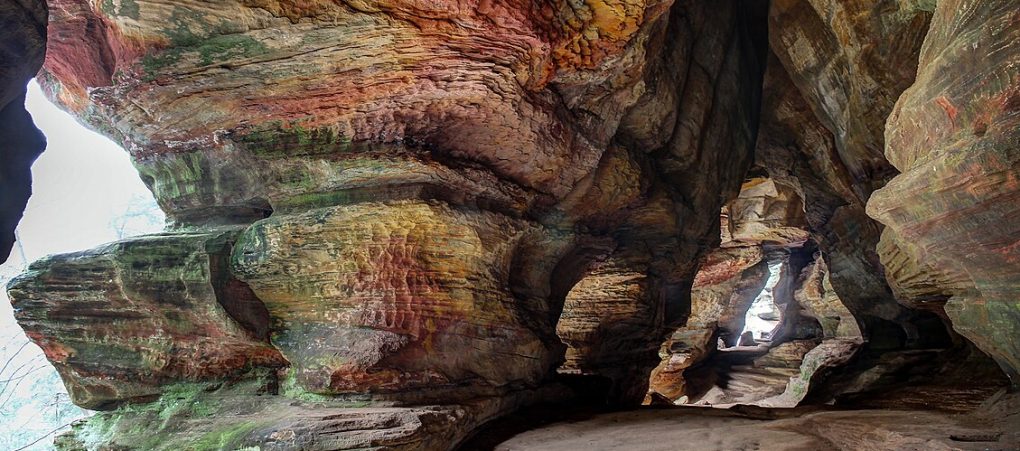
Ohio’s proximity to Lake Erie, the Ohio River, the Appalachian Mountains and beautiful countrysides have provided rich visual and symbolic inspiration for creatives. The state’s natural beauty has been an enduring theme in Ohio’s artistic and literary traditions. Ohio’s access to sand, glass, and metals influenced the development of art forms, particularly in ceramics, glass art and industrial design.
Ohio’s natural beauty has inspired landscape painters, photographers, and installation artists, including Charles E. Burchfield. The state’s landscape influenced authors like Louis Bromfield, promoting environmental awareness. Ohio also fostered notable movements such as The Studio Glass Movement and The American Art Pottery Movement. With access to resources like steel, iron and copper, artists contributed to industrial design, decorative metal arts and American enamelware. Ohio became a stained-glass epicenter. Today, Middletown’s BeauVerre Riordan Studios is the oldest continuously operating stained glass studio in the nation. Cincinnati, rich in clay deposits, emerged as a key location for decorative arts, highlighted by the Rookwood Pottery Company, known for its innovative designs blending American and Japanese aesthetics, aligning with the American Arts and Crafts movement.
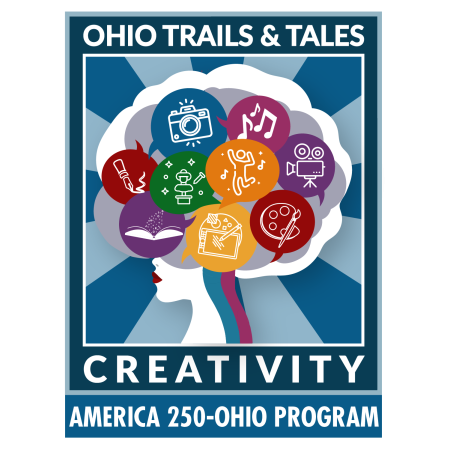
Explore all of the amazing artists, artforms, and inspired works on the Ohio Creativity Trail featuring over 100 sites where you can learn about how Ohio has inspired past and current creatives.